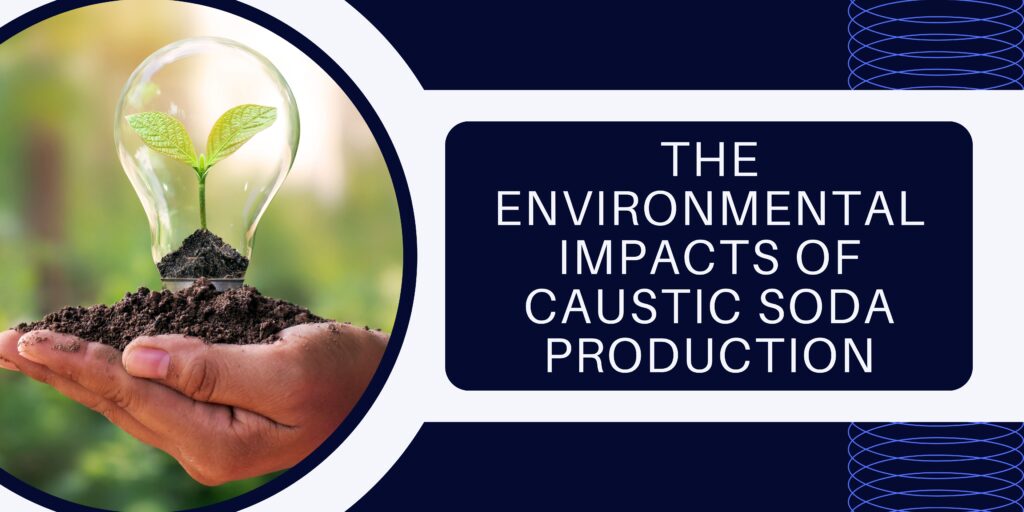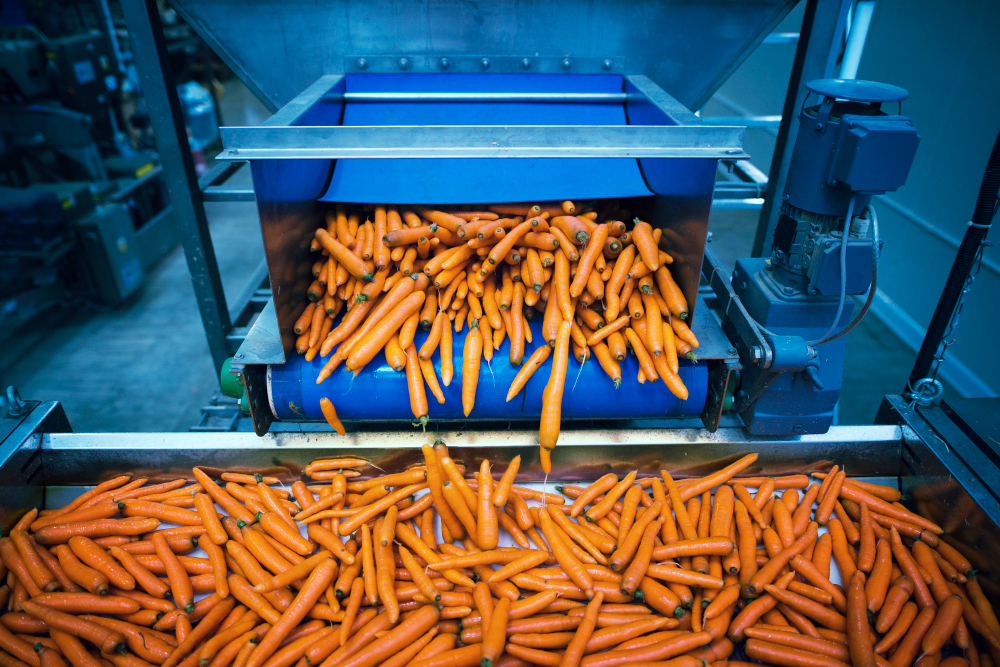
Caustic soda, or sodium hydroxide (NaOH), stands as a linchpin in various industrial processes, wielding versatility and indispensability. However, the ubiquity of its applications doesn’t exempt it from environmental scrutiny. In this in-depth exploration, we will dissect the environmental facets entwined with caustic soda, encompassing both production intricacies and the multifaceted ramifications across industries.
Understanding The Production Methods
Traditional Chlor-Alkali Process
The predominant method for caustic soda production involves the chlor-alkali process, a complex electrochemical reaction utilizing salt (sodium chloride). While this method is efficient, its environmental toll arises from the concurrent generation of chlorine gas as a byproduct. The gaseous release poses concerns about air quality, necessitating a critical evaluation of the sustainability of this conventional approach.
Advancements in Technology
In response to environmental concerns, the industry has embraced advancements like membrane cell technology, seeking to curtail chlorine emissions. These innovations aim to strike a balance between efficiency and eco-friendliness, representing a positive stride towards sustainable caustic soda production.
Caustic Soda Environmental Impacts
Air Quality Concerns
The emissions of chlorine gas during caustic soda production have repercussions on air quality. Initiatives to modernize production methods underscore the imperative of minimizing these emissions, emphasizing the need for continuous improvements in industrial practices.
Energy Intensity
A critical aspect often overlooked is the energy intensity of caustic soda production. The reliance on electricity, frequently sourced from non-renewable outlets, contributes to the carbon footprint of this chemical’s manufacturing. A pivotal shift toward renewable energy sources is essential to mitigate these environmental implications.
Applications and Their Ecological Footprints
Water Treatment
Caustic soda finds extensive use in water treatment processes for pH adjustment. While it is indispensable for enhancing water quality, concerns linger regarding the disposal of caustic soda-treated water into natural ecosystems. Striking a balance between effective water treatment and minimizing ecological impact requires meticulous consideration.
Alumina Refining
In the realm of alumina production, caustic soda plays a pivotal role. However, the environmental repercussions extend beyond its production phase. The extraction and processing of bauxite ore, a precursor to alumina, can lead to deforestation and habitat disruption. The pursuit of sustainability in the aluminum industry involves addressing these upstream environmental challenges.
Wastewater Treatment
The role of caustic soda in wastewater treatment is undeniable. Its application for neutralizing acidic effluents contributes to cleaner water outputs. However, the disposal of treated water introduces elevated sodium levels into aquatic ecosystems, prompting a nuanced examination of the trade-offs between effective wastewater treatment and potential environmental consequences.
Sustainable Practices
Technological Innovation
Continued research and development are key to advancing caustic soda production methods. Innovations that reduce environmental impacts, enhance energy efficiency, and minimize byproduct generation represent promising avenues for a more sustainable future.
Regulatory Measures
Stringent environmental regulations can play a pivotal role in steering industries towards sustainable practices. Governments and regulatory bodies can incentivize the adoption of cleaner technologies, impose emission limits, and encourage responsible waste management.
Industry Collaboration
Addressing the environmental impacts of caustic soda requires collaboration across industries. Sharing best practices, conducting joint research initiatives, and fostering a collective commitment to sustainability can pave the way for comprehensive and effective solutions.
Conclusion
As we navigate the intricate web of caustic soda production and applications, it becomes evident that a delicate balance must be struck between industrial necessities and environmental preservation. The journey towards sustainable practices involves a multifaceted approach, incorporating technological innovation, regulatory frameworks, and collaborative efforts within and across industries.
In the pursuit of a greener future, the role of caustic soda is not only as a facilitator of industrial processes but also as a catalyst for positive change. As we collectively strive for balance and sustainability, the journey continues towards a harmonious coexistence between industrial progress and environmental well-being.




